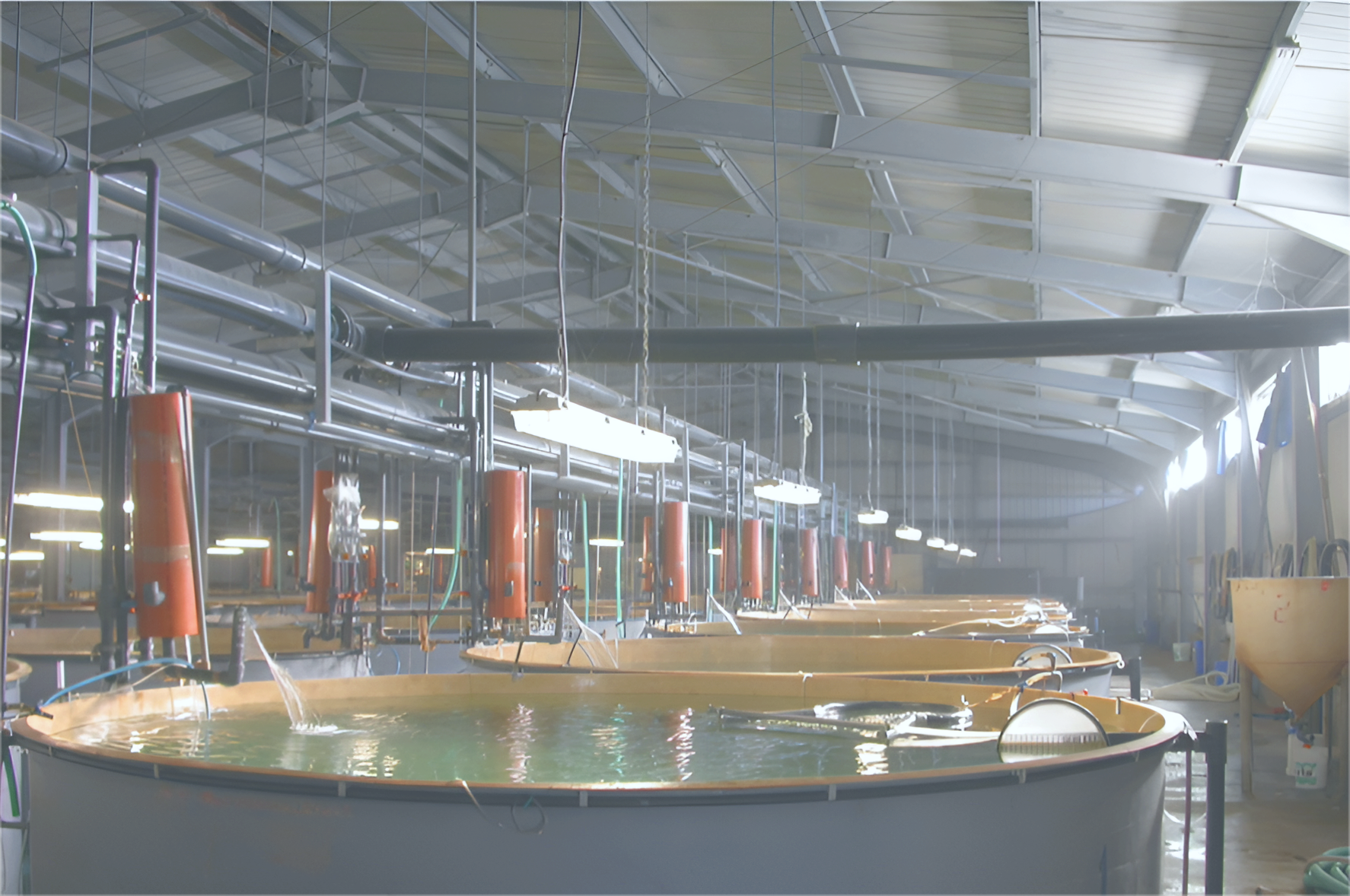
This 60-minute online workshop introduces aquaculture students to the fundamentals of hatchery automation and monitoring systems. It covers the key benefits of automated technologies in feeding, water quality management, and environmental control. Students will also gain insights into how data collection and real-time monitoring can improve efficiency and production outcomes in hatchery operations.
By the end of the workshop, students will:
Understand the role of automation in modern hatcheries.
Learn about key automated systems for feeding and water quality management.
Explore basic data collection and monitoring techniques.
This session is ideal for students looking to expand their knowledge of innovative hatchery technologies in a practical and accessible way.
Structure:
1. Introduction to Automation in Aquaculture Hatcheries (10 minutes)
Overview of modern hatchery operations and the role of automation.
Key challenges in traditional hatcheries and how automation addresses them.
Benefits of automation: improved efficiency, consistency, and production outcomes.
Brief introduction to the scope of the workshop and learning objectives.
2. Automated Feeding and Water Quality Management Systems (20 minutes)
Overview of automated feeding systems and their advantages in precision and consistency.
Technologies for automated water quality management (e.g., sensors for temperature, oxygen, pH).
Integration of automated systems with environmental control for optimal larval and juvenile growth.
Real-world examples of automated systems in hatchery operations.
3. Data Collection and Real-Time Monitoring Techniques (20 minutes)
Importance of data collection for decision-making in hatcheries.
Key parameters monitored in real-time (e.g., water quality, growth rates, feeding efficiency).
Tools and technologies for data collection and analysis (e.g., sensors, software platforms).
Case studies demonstrating the impact of real-time monitoring on hatchery performance.
4. Practical Applications and Future Trends (10 minutes)
Interactive demonstration of a hatchery automation and monitoring system.
Discussion on how students can apply these technologies in their own work or studies.
Emerging trends in hatchery automation and smart monitoring (e.g., AI, IoT).
Q&A session to address questions and explore further learning opportunities.